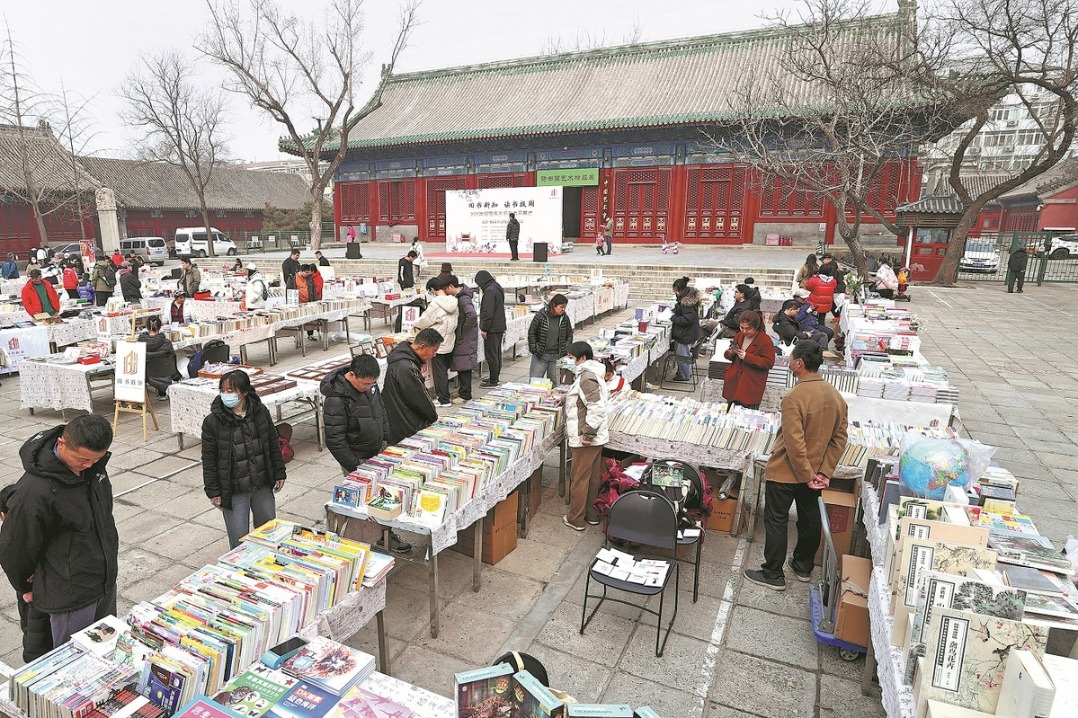Population of Xinjiang's endangered amphibian stops declining
Share - WeChat

URUMQI - Efforts to keep Xinjiang salamander (Ranodon Sibiricus), an endangered amphibian, from going extinct have had success.
"The number of Xinjiang salamander has stopped decreasing since 2014 and surpassed 3,000 at present," said Ji Xiaowei, head of the management station under the salamander nature reserve in Wenquan County, the major habitat for the species.
Threatened by human activity, pollution and climate change, the population of the species declined sharply from 10,000 in the 1990s to fewer than 3,000 three years ago, according to Ji.
In recent years, the reserve has spent more than 13 million yuan (around 2 million U.S. dollars) returning over 75 hectares of grazing land to grassland, setting up 9.8 kilometers of wire fencing in its habitat, diverting water to wetlands where the species live and establishing a remote video monitoring system.
The amphibian has been regarded as a "living fossil" because it coexisted with the dinosaurs about 300 million years ago. Currently, they only live in wetlands at the border of China and Kazakhstan.
"The number of Xinjiang salamander has stopped decreasing since 2014 and surpassed 3,000 at present," said Ji Xiaowei, head of the management station under the salamander nature reserve in Wenquan County, the major habitat for the species.
Threatened by human activity, pollution and climate change, the population of the species declined sharply from 10,000 in the 1990s to fewer than 3,000 three years ago, according to Ji.
In recent years, the reserve has spent more than 13 million yuan (around 2 million U.S. dollars) returning over 75 hectares of grazing land to grassland, setting up 9.8 kilometers of wire fencing in its habitat, diverting water to wetlands where the species live and establishing a remote video monitoring system.
The amphibian has been regarded as a "living fossil" because it coexisted with the dinosaurs about 300 million years ago. Currently, they only live in wetlands at the border of China and Kazakhstan.
- Ma pins hopes on youth from both sides
- IP regulator enhances steps to help Chinese companies going global
- 2024 was world's warmest year on record
- New guidelines for protection and governance of rivers unveiled
- HK-based food critic, writer Chua Lam dies at 83
- Shipping sector goes greener with new energy sources





































